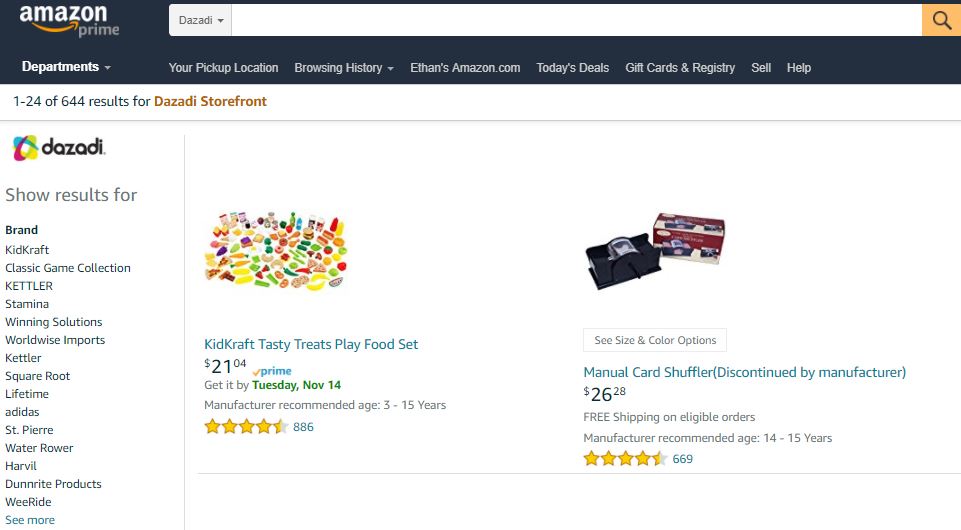Experts Chime In: Will the Discount Provided by Amazon Help or Harm Third Party Sellers?

With Black Friday just around the corner, busy shoppers are already browsing for the best deals they can find on their favorite products this Q4.
But recently, we’ve noticed a new tag on select products on the Marketplace: “Discount provided by Amazon”.
So, what exactly does this tag mean and how will this impact sellers throughout the holiday season?
Let’s dive in.
According to recent reports:
A recent post by Retail Wire states, although “marketplace sellers have traditionally determined pricing for the goods they sell on Amazon”, it appears the retail giant is “determined that its marketplace sellers will not be undersold heading into the holidays”.
It sounds like a win-win for both customers and sellers but unfortunately, the added discount could have a negative impact on specific brands – particularly those selling on other channels.

“Since Amazon is absorbing the cost of the discount and the reduced price is sure to increase conversion rate and total sales – it’s hard to imagine how this could be viewed negatively,” Nick Sandberg, Marketplace Program Development Manager at CPC Strategy said.
“But most successful businesses sell on other channels and Amazon discounting your prices at their discretion will only create conflict with those other channels.”
“In the long term, this could make a business more reliant on Amazon, making it increasingly difficult for businesses to diversify their sources of revenue.”
“At first glance, we thought [Amazon’s discount] was great,” Jason Boyce, CEO of Dazadi, told The Wall Street Journal.
That was until he realized the pricing agreements signed with Walmart and others retailers would be “violating our seller agreement with every other marketplace that we sell on.”

As manufacturers grow they may develop relationships with other product distributors.
Unfortunately, sometimes manufacturers discover they are being undercut by unauthorized one-off resellers which are not adhering to the Minimum Advertised Price (MAP).
A MAP price is a minimum amount that resellers agree not to advertise below.
For example, if a backpack company sets a MAP price of $50 for its best selling item than all resellers including brick and mortar stores and Amazon resellers are obligated to advertise this product at $50 or more.
If they advertise the product at a discount of $35, the Amazon reseller would be in violation of the backpack company’s MAP agreement.
BLOG POST: “Minimum Advertised Price (MAP) Violations & Policing Your Brand on Amazon”
 Additional experts have also chimed in, including Max Goldberg, President at Max Goldberg & Associates who wrote:
Additional experts have also chimed in, including Max Goldberg, President at Max Goldberg & Associates who wrote:
“Competing for the lowest price may be great for consumers, and reinforce Amazon’s overall brand positioning, but it can be a slippery slope for e-tailers.”
“As discussed in the article, having Amazon cut a price might cause problems for the seller with other retailers. And what happens to price perception once the sale is over? Offering discounts may be great for Amazon, but could cause long-term damage for sellers.”
As far as consumer reactions, the verdict is still out but our experts at CPC Strategy will be closely monitoring the development.
If you’ve recently been selected by Amazon for the provided discount, please comment below or email tara@cpcstrategy to learn more.
